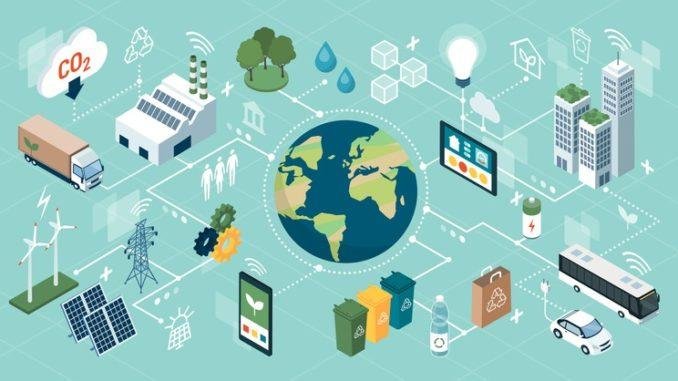The impact of technology on the environment
This topic explores how technology is affecting the environment, such as through energy use, waste management, and climate change.
The impact of technology on the environment is a complex and multifaceted issue that requires a holistic approach to understanding its effects.

On one hand, technology has allowed for significant advancements in environmental protection and conservation efforts. On the other hand, technology can also contribute to environmental degradation and contribute to climate change.
Energy production is a significant contributor to global greenhouse gas emissions, and technology has played a critical role in increasing energy efficiency and reducing emissions.
Renewable energy sources like solar and wind power are now cost-competitive and widely used globally. Energy-efficient technologies, such as LED lighting, smart thermostats, and efficient appliances, have also reduced energy consumption and emissions.
However, technology can also have negative impacts on the environment. The production and disposal of electronic devices, such as smartphones and computers, contribute to electronic waste and pollution.
Mining minerals and metals for these devices can cause environmental damage, including deforestation, soil erosion, and water pollution.
The transportation sector significantly contributes to greenhouse gas emissions and air pollution, with technology both worsening and alleviating these issues.
On one hand, the increased use of personal vehicles and air travel has contributed to emissions and pollution. Advancements in electric and hybrid vehicles, along with improved public transportation, have reduced emissions and enhanced air quality.
Another area where technology has had a significant impact on the environment is agriculture. Technological advancements in crop breeding, irrigation, and fertilization have increased crop yields and reduced water use.
However, the use of synthetic fertilizers and pesticides can contribute to water pollution and harm ecosystems. Additionally, the expansion of industrial agriculture has led to deforestation and habitat loss.
The impact of technology on the environment is not solely limited to these examples.
Key areas to consider include plastics in manufacturing and packaging. E-commerce’s shipping and packaging waste, and technology’s impact on the environment and biodiversity.
As technology advances, it’s crucial to assess its environmental impact and develop strategies to mitigate its negative effects.
This includes investing in renewable energy, adopting sustainable manufacturing practices, and responsibly recycling electronic devices.
Additionally, policies and regulations can help incentivize sustainable practices and reduce the negative impacts of technology on the environment.
Conclusion
The impact of technology on the environment is a multifaceted issue that requires a comprehensive approach to understanding its effects.
Technology has advanced environmental protection but also contributed to degradation and climate change.
Developing strategies to reduce technology’s environmental impact and promote sustainability is crucial for a healthier future. 바카라사이트


